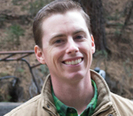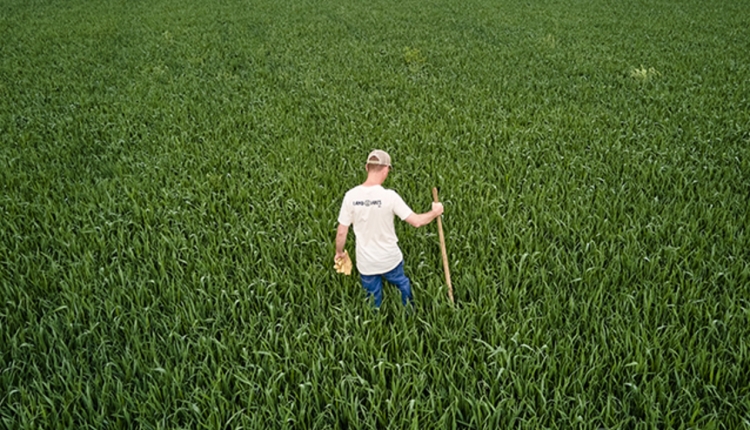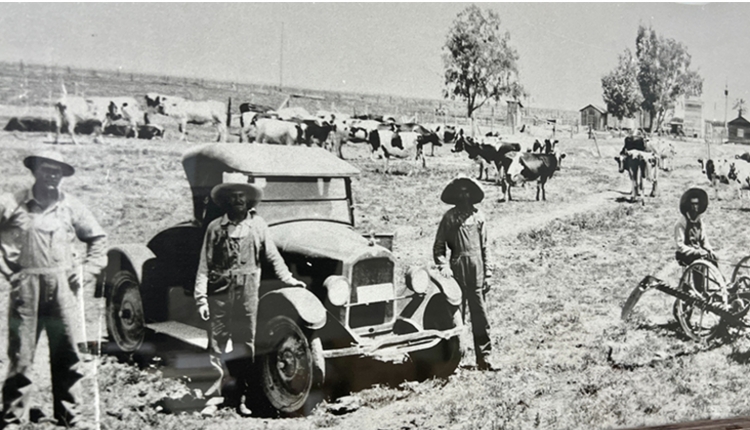
The cows of today are amazing animals. They have always been impressive creatures, but today’s cows are capable of so much with the correct resources. The only problem is that we have to figure out what it is and when they need it. The genetic potential of the cow is there – it is up to us to unlock it.
One of those puzzles is the question of water. How much drinking water does a cow need? It’s an interesting question; a lot of it, in my opinion, is a “chicken or the egg” scenario. Does a cow need access to more water to produce more milk or is it because of their high production that they require more water? I would argue it’s both.
As the genetic potential of the cow increases, and as the management of said cows is getting better and better, we start to see bottlenecks or ceilings of production caused by things that once never caused a problem. For example, determining the amount of water access necessary for sustained high performance milk flow.
The genetic potential of today’s cows can yield well over 100 pounds of milk and, at times, hit nearly 200 pounds. But where does that flow come from? It comes from a lot of things, but if the drinking water component is not there, the actual milk flow will not be there, either.
People like to talk about the gallons of drinking water necessary for milk production, but hardly anyone talks about the access. For example, let’s say you have a trough that is 10 feet long and only accessible to the pen from one side. Depending on your barn setup, it is very common to watch as only one or two cows are able to drink at the same time in the single trough. Depending on the pen’s length and stocking density, the next trough could be, and normally is, too far for the cow to walk to before she decides to give up on the drink and stand in discomfort. I do not make up the rules; this is merely an observation.
On our farm, we have a lot of troughs per pen, or so I thought. But it was not uncommon to watch as the first few animals fill up the first few troughs, leaving no space for their herdmates. Those cows then decided to stand in their bed instead of eating, drinking, or laying down. Water intake can have a huge impact on feed intake, and as their environment gets hotter in the summer, their demand for clean, cool drinking water is even greater.
We have made, and will continue to make efforts, to add more accessibility to clean, cool drinking water for our cows. These cows are amazing creatures capable of so much, it is up to us to give them what they need.

Tyler Ribeiro is a fourth-generation dairy farmer born and raised in California. He is currently partners with his father at Rib-Arrow Dairy in Tulare where they proudly ship their milk to Land O’Lakes. Tyler is actively involved in the dairy industry, holding leadership roles in various organizations locally and across the United States.








